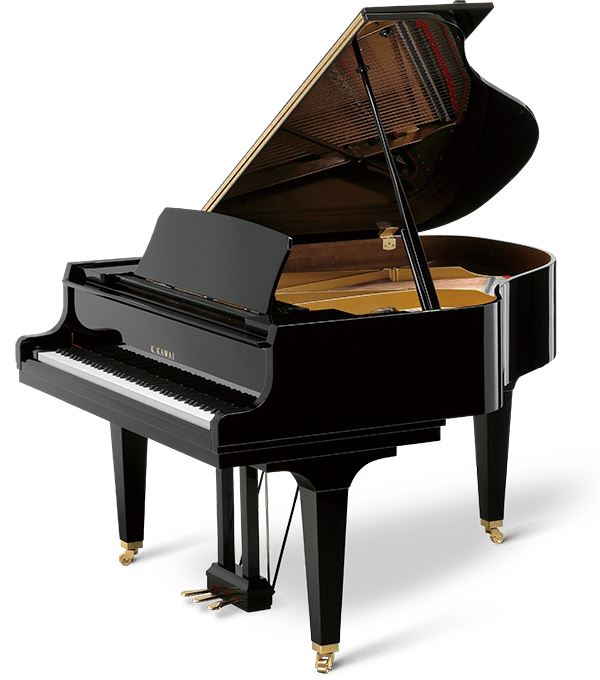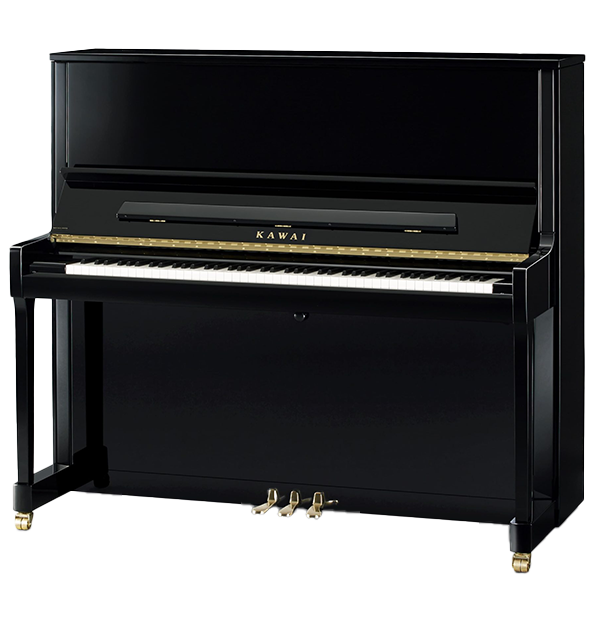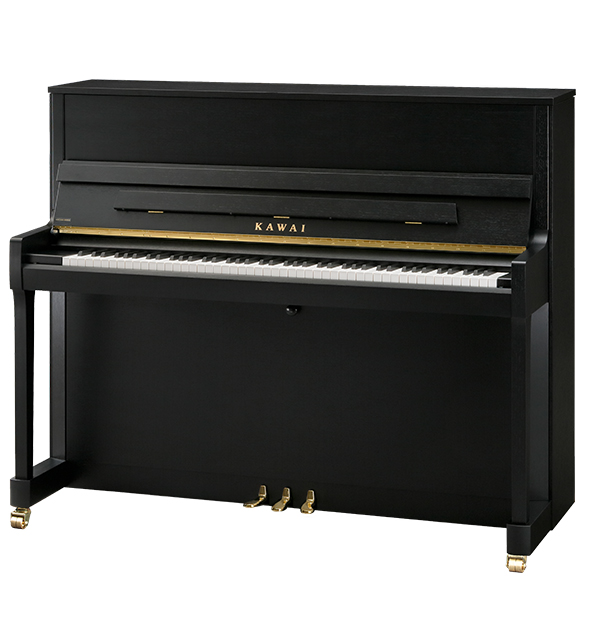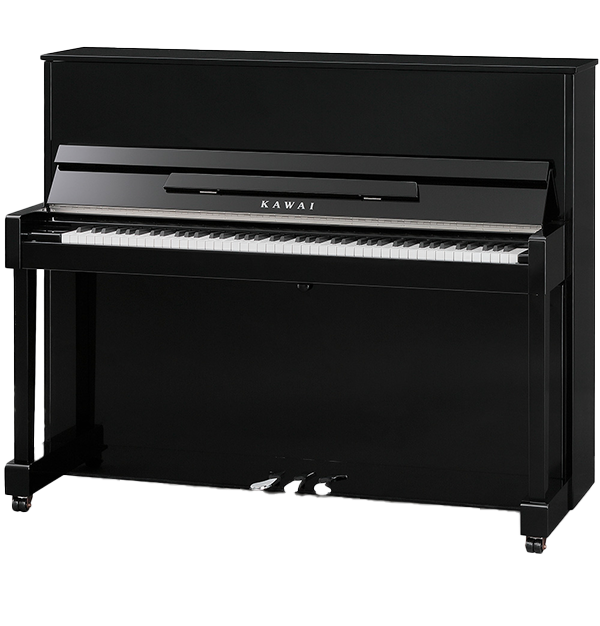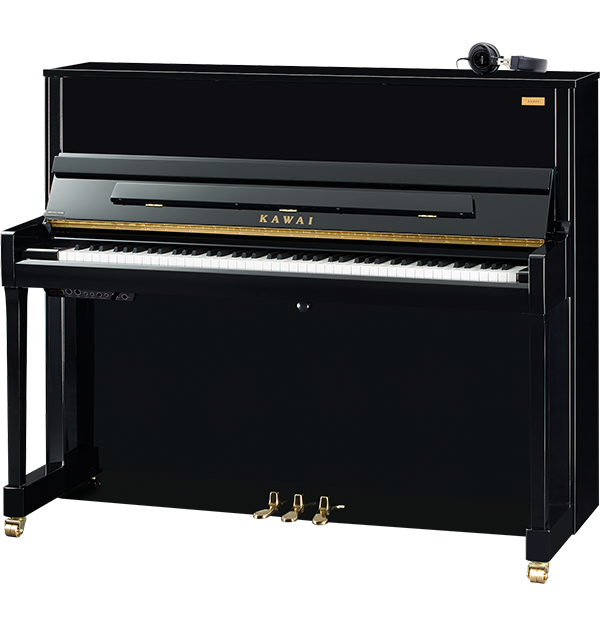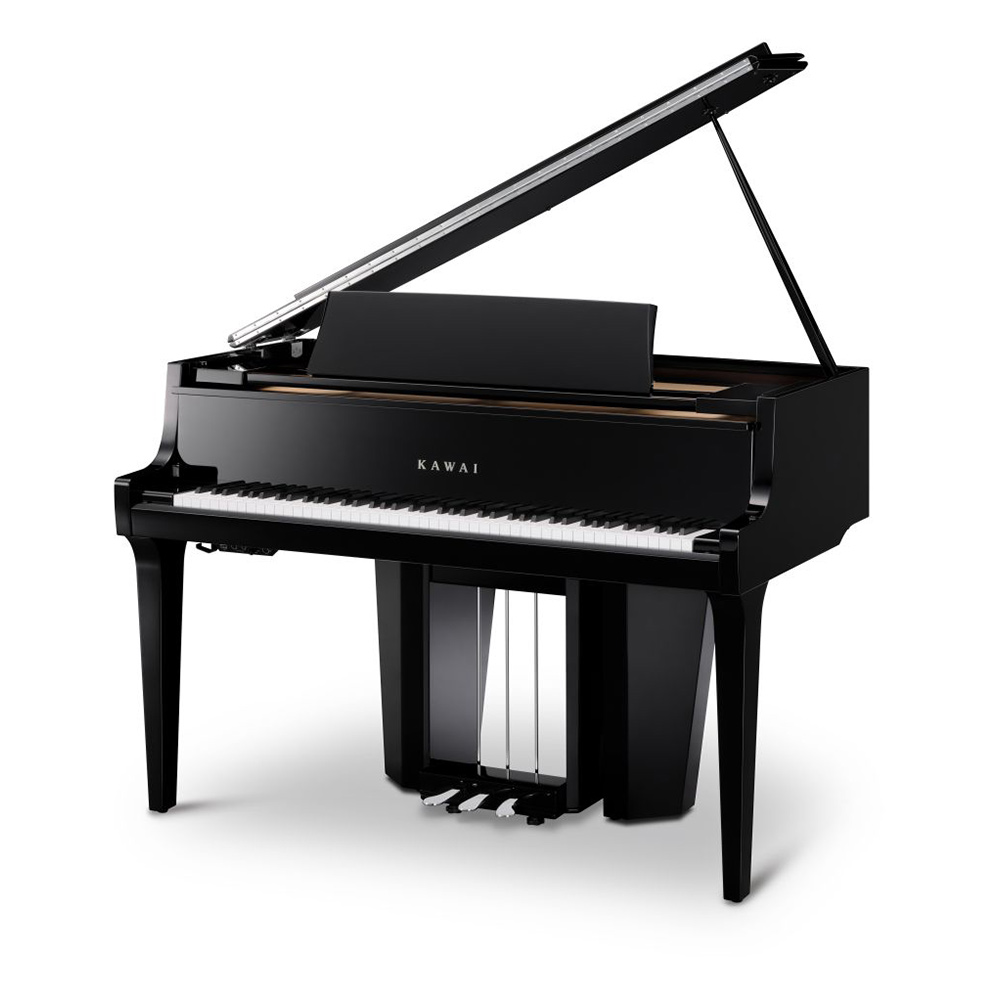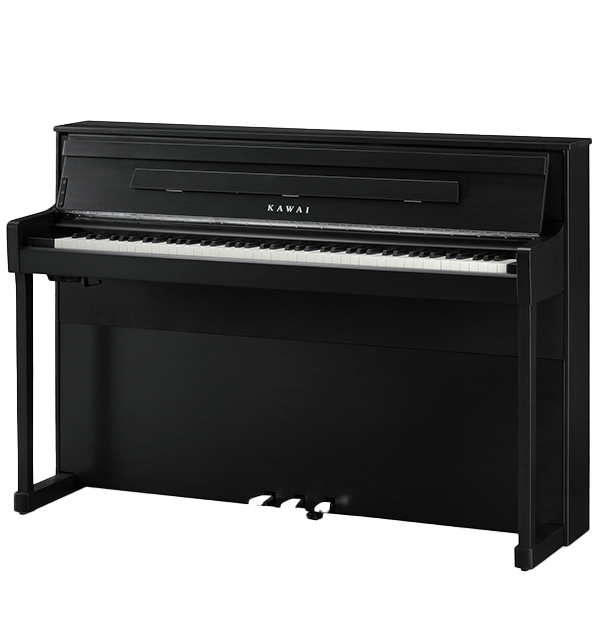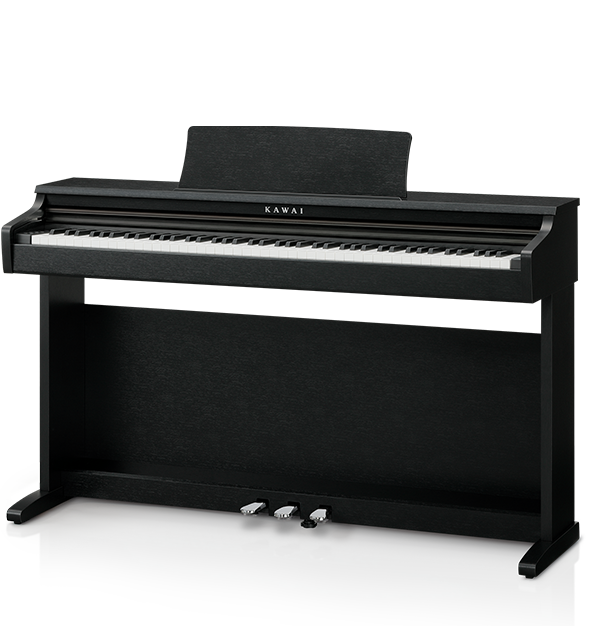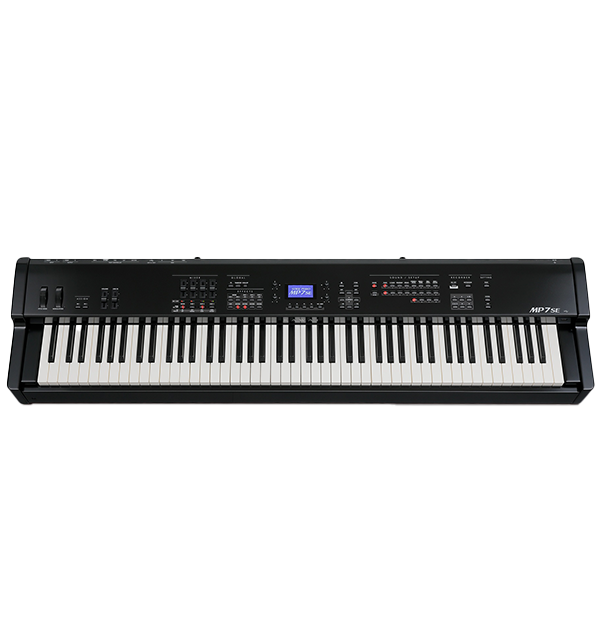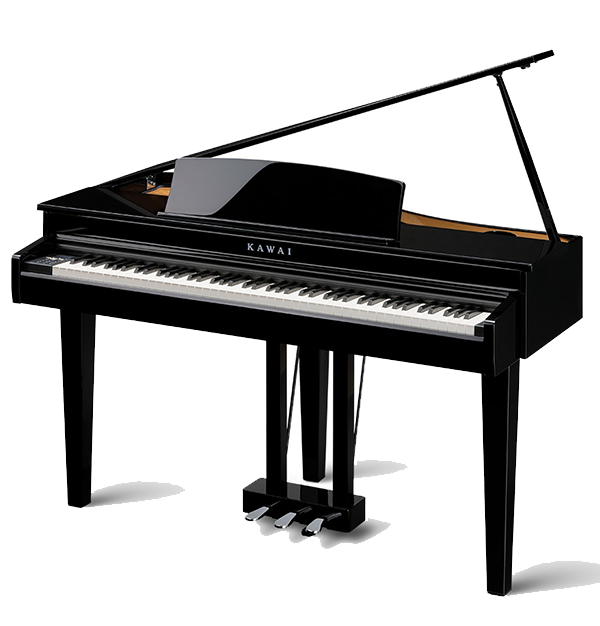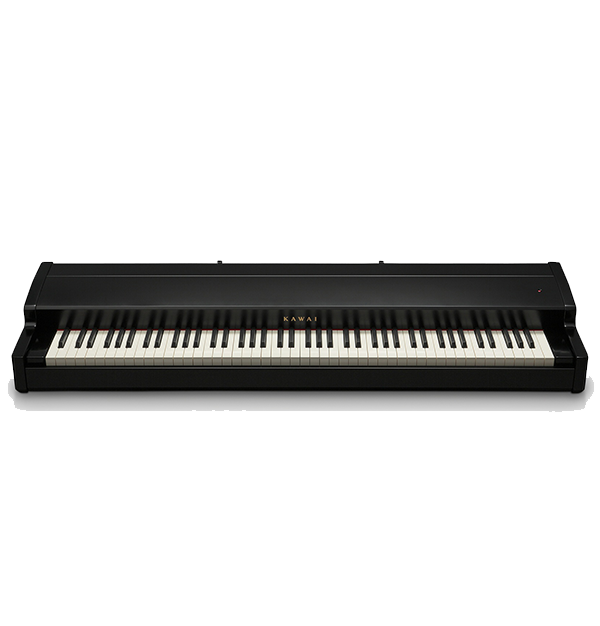Best Piano Warm Up Exercise to Improve Technique
Want to warm up your fingers like a professional pianist?
I’m excited to share this amazing finger exercise that can be played by pianists of nearly every level – this is my favourite warm up that helps build speed, dexterity, and finger independence. I learned this from Professor Marcela Fiorillo when I was a Masters student at the Australian National University, School of Music. What I love about it is the comprehensiveness and range of difficulty. This is a true gem and a fun and satisfying addition to any piano warm up routine!
Here are the instructions to take this exercise from easy to difficult:
- There are six different combinations of four notes, each pattern repeating three times in C major. Learn each pattern, hands separately, until you can play them clearly, evenly, and confidently through all six variations. Use fingers 1-4 (the ‘inner’ fingerings marked) and focus on even articulation, dynamics, and tone. For younger students, the spacing of one-octave is sufficient, but for older students, two-octave spacing may be more comfortable for the angle of the hands.
- Once you have mastered step one, introduce slight accents every three notes (marked by the tenuti). This results in accents appearing on a different note in every pattern of four, ensuring every finger gets an accent. This changes the metre from a ‘note grouping of four’ to a ‘rhythmic grouping of three’.
- Next, change the fingering to use fingers 2-5 (the ‘outer’ fingerings marked). This adds complexity due to the general weakness of fingers 4 and 5. Aim for clear and even articulation, with appropriate accents when comfortable. Try to relax the thumb when using this hand position…easier said than done!
- The final step is to play both hand positions once each and move through all 12 major keys. The right hand will always play the first four notes of the scale (lower tetrachord), and the left hand will play the last four notes of the scale (upper tetrachord), with the middle notes always being the tonic. Gently increase the speed, always ensuring the fingers not in use remain relaxed.
This exercise is ideal for a wide range of skill levels and helps build finger independence, stamina, speed, and strength. There is no race to get through steps one to four, so take your time! I hope you enjoy this exercise as much as I have!
Piano Sheet Music for this hand exercise
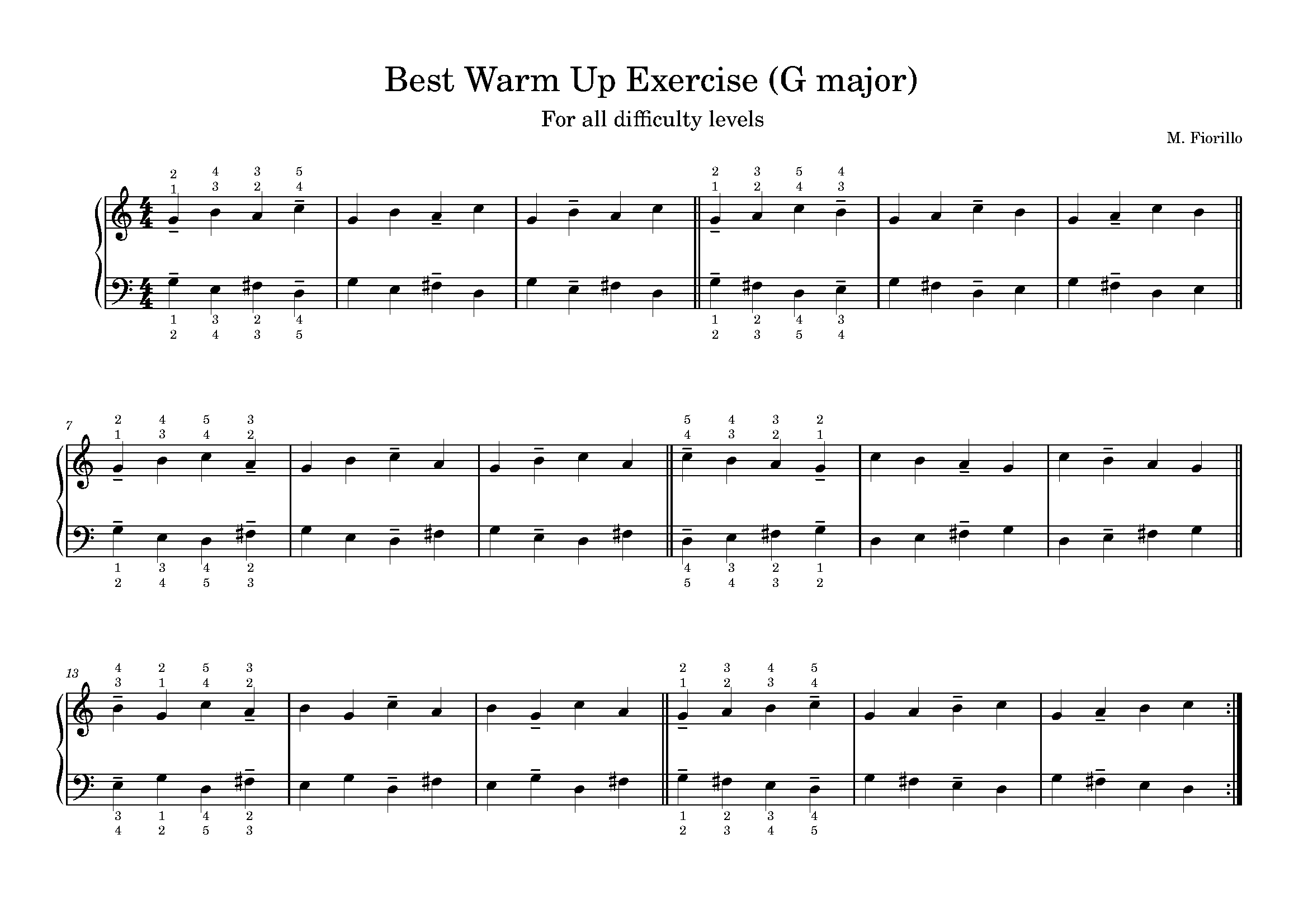
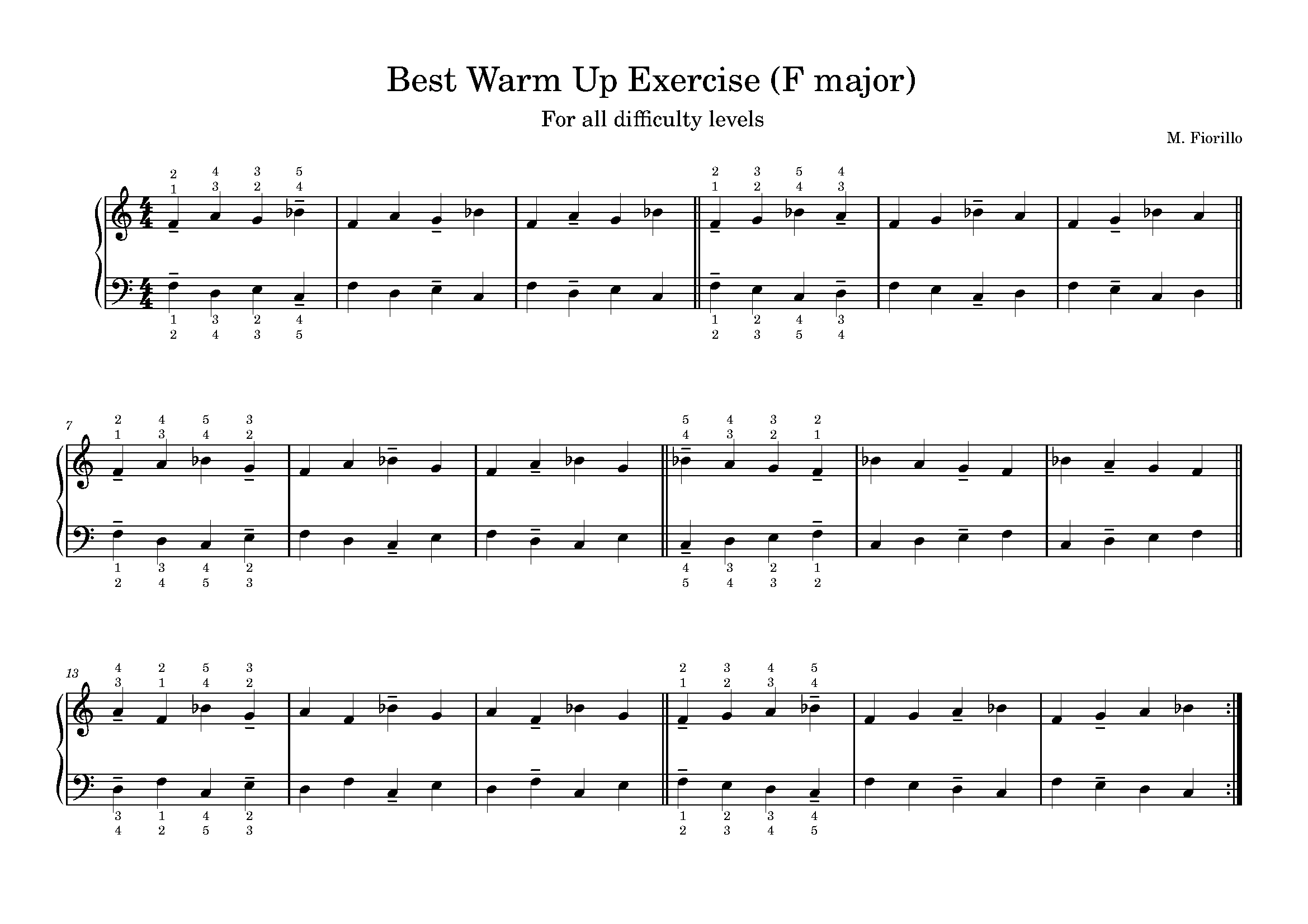
Piano Finger Exercise Play Along Example
Why are finger exercises important?
Incorporating piano finger exercises into a daily or weekly practice schedule offers significant benefits for pianists of all levels. Exercises (not etudes or studies) such as those by Hanon, Brahms, Dohnányi, Pischna, and Wieck, to name a few focus on enhancing finger strength, independence, agility, and speed, which are critical for executing complex passages and maintaining control over dynamics and articulation. Regular practice of these exercises helps build muscle memory and improves overall technical proficiency, enabling pianists to tackle challenging pieces with greater ease and confidence. Moreover, finger exercises can serve as effective warm-ups, preparing the hands and fingers for more intensive practice or performance sessions.
Is there a downside to these hand excerises?
There are no practical drawbacks to finger exercises (practised with good posture and without arm tension), however there are some considerations. One concern is that they can consume valuable practice time, potentially detracting from the practice of repertoire. Young students may find these exercises monotonous and unengaging, which can lead to decreased motivation and enjoyment in their practice. To mitigate this, introducing variety and creativity into the exercises, such as integrating rhythmic variations or incorporating them into short, playful drills.
While piano finger exercises are essential for technical development, it is crucial to balance them with other aspects of piano practice to maintain a well-rounded and engaging practice routine.


